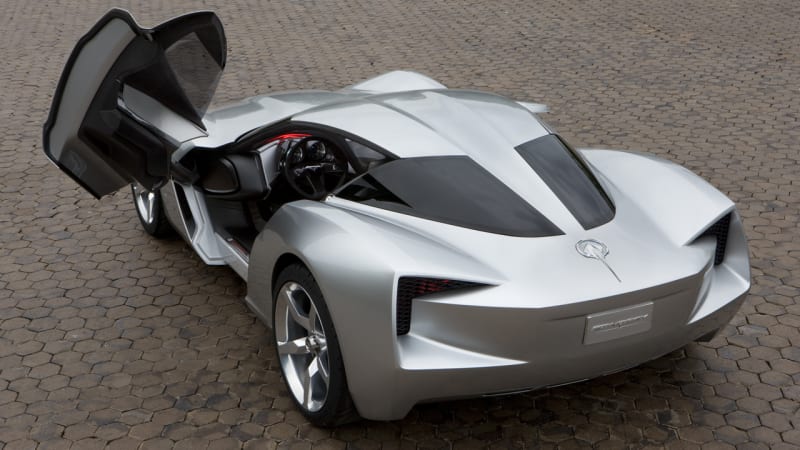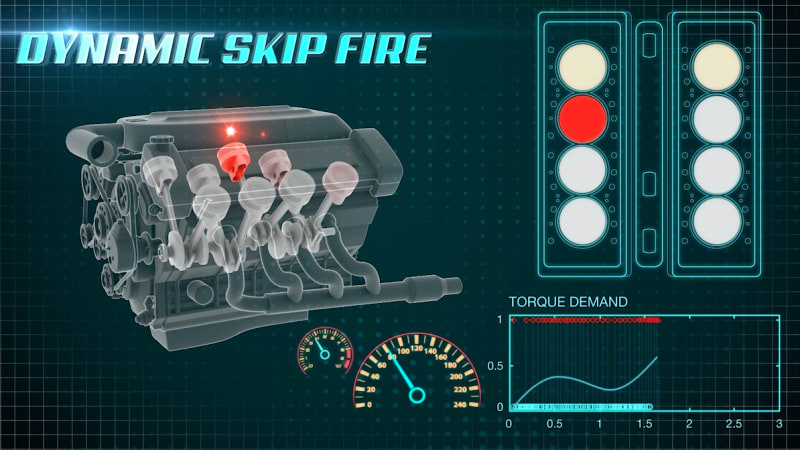Stephen K. Carlisle
President and Managing Director
General Motors Canada
By General Motors of Canada - It is an honour to be back home in Canada as President and Managing Director of General Motors Canada. I started my career at GM here in Oshawa, met my wife, played hockey and made many life-long friends here. While this is just the second month in my new role, we have already reconnected with many old friends and met many new ones. It's also fantastic to see the growth, spirit and the new health and education institutions that make Oshawa and all of Durham Region such a dynamic community.
Since my last work assignment in Oshawa, GM has of course been through a major restructuring that brought us back to being a strong, profitable and growing business in Canada and globally. But, that only happened through an extraordinary effort of many people pulling together including people here in the community -- and particularly with our partners in the federal and provincial governments. The restructuring in 2009 placed us squarely on the path as a competitive and highly disciplined business focused on serving our customers.
Recently, together with GM CEO Mary Barra, I had the opportunity to meet and thank our federal and Ontario Ministers of Industry in Detroit. The Ministers raised questions about our future plans in Canada, in particular the timing of future decisions for our Oshawa operations. We had a very productive discussion and we expressed our commitment to Canada and deep gratitude for their leadership and support.
Canada is one of GM's most important countries. We sell vehicles in over 120 countries and Canada ranks 5th for GM country sales and 6th for vehicle production. The first part of our commitment to Canada has been to fulfill and surpass the promises we made at the time of our restructuring agreement. Since then, we have invested over $1 Billion dollars in St. Catharines, Ingersoll and Oshawa facilities and we plan to invest more. By the time we complete our agreement with the governments in 2016, we expect to have surpassed our overall production targets by hundreds of thousands of vehicles.
But people also want to hear about future products and plans for Oshawa. In any business, especially one as large and complex as an automotive company, there are detailed planning processes before investment and product decisions are made. Just as you would before buying a house, you must study your costs and know what your mortgage's interest rate is going to be before you decide how much you are able to invest.
We have now begun that process for the Oshawa plant and it will extend through 2015 and 2016. We start by examining the numbers and understanding the variables. We must pay attention to how dramatically economic factors are fluctuating these days -- some of which we can control or predict more than others. We are 'doubling down' on efforts to find efficiencies and we will be working with all our partners to address issues and build on our strengths. We have a good relationship with our union Unifor and have every faith that their leadership understands the central role they will play as we move forward. One key milestone is that we must complete our 2016 union contract negotiations before we can make any final decisions.
In short, we want our community to understand the timing for this next round of decisions. We are going to be careful and are not expecting to be deciding on any major new mandates or investments in Oshawa until well into 2016.
For all this, I remain positive. We are focused on excellence, innovation and serving our customers. In Oshawa, we have award-winning employees, excellent product quality , exciting opportunities in our engineering and technology centre, supportive business partners and communities. So, while we are often asked for definitive answers about the Oshawa plant today, we are going to work through our process with our partners and do what's needed to ensure we have the most productive, high quality and cost competitive operation possible.
I know Oshawa and Durham Region will be behind us as we do.
Stephen K. Carlisle
President and Managing Director
General Motors of Canada
Since my last work assignment in Oshawa, GM has of course been through a major restructuring that brought us back to being a strong, profitable and growing business in Canada and globally. But, that only happened through an extraordinary effort of many people pulling together including people here in the community -- and particularly with our partners in the federal and provincial governments. The restructuring in 2009 placed us squarely on the path as a competitive and highly disciplined business focused on serving our customers.
Recently, together with GM CEO Mary Barra, I had the opportunity to meet and thank our federal and Ontario Ministers of Industry in Detroit. The Ministers raised questions about our future plans in Canada, in particular the timing of future decisions for our Oshawa operations. We had a very productive discussion and we expressed our commitment to Canada and deep gratitude for their leadership and support.
Canada is one of GM's most important countries. We sell vehicles in over 120 countries and Canada ranks 5th for GM country sales and 6th for vehicle production. The first part of our commitment to Canada has been to fulfill and surpass the promises we made at the time of our restructuring agreement. Since then, we have invested over $1 Billion dollars in St. Catharines, Ingersoll and Oshawa facilities and we plan to invest more. By the time we complete our agreement with the governments in 2016, we expect to have surpassed our overall production targets by hundreds of thousands of vehicles.
But people also want to hear about future products and plans for Oshawa. In any business, especially one as large and complex as an automotive company, there are detailed planning processes before investment and product decisions are made. Just as you would before buying a house, you must study your costs and know what your mortgage's interest rate is going to be before you decide how much you are able to invest.
We have now begun that process for the Oshawa plant and it will extend through 2015 and 2016. We start by examining the numbers and understanding the variables. We must pay attention to how dramatically economic factors are fluctuating these days -- some of which we can control or predict more than others. We are 'doubling down' on efforts to find efficiencies and we will be working with all our partners to address issues and build on our strengths. We have a good relationship with our union Unifor and have every faith that their leadership understands the central role they will play as we move forward. One key milestone is that we must complete our 2016 union contract negotiations before we can make any final decisions.
In short, we want our community to understand the timing for this next round of decisions. We are going to be careful and are not expecting to be deciding on any major new mandates or investments in Oshawa until well into 2016.
For all this, I remain positive. We are focused on excellence, innovation and serving our customers. In Oshawa, we have award-winning employees, excellent product quality , exciting opportunities in our engineering and technology centre, supportive business partners and communities. So, while we are often asked for definitive answers about the Oshawa plant today, we are going to work through our process with our partners and do what's needed to ensure we have the most productive, high quality and cost competitive operation possible.
I know Oshawa and Durham Region will be behind us as we do.
Stephen K. Carlisle
President and Managing Director
General Motors of Canada







